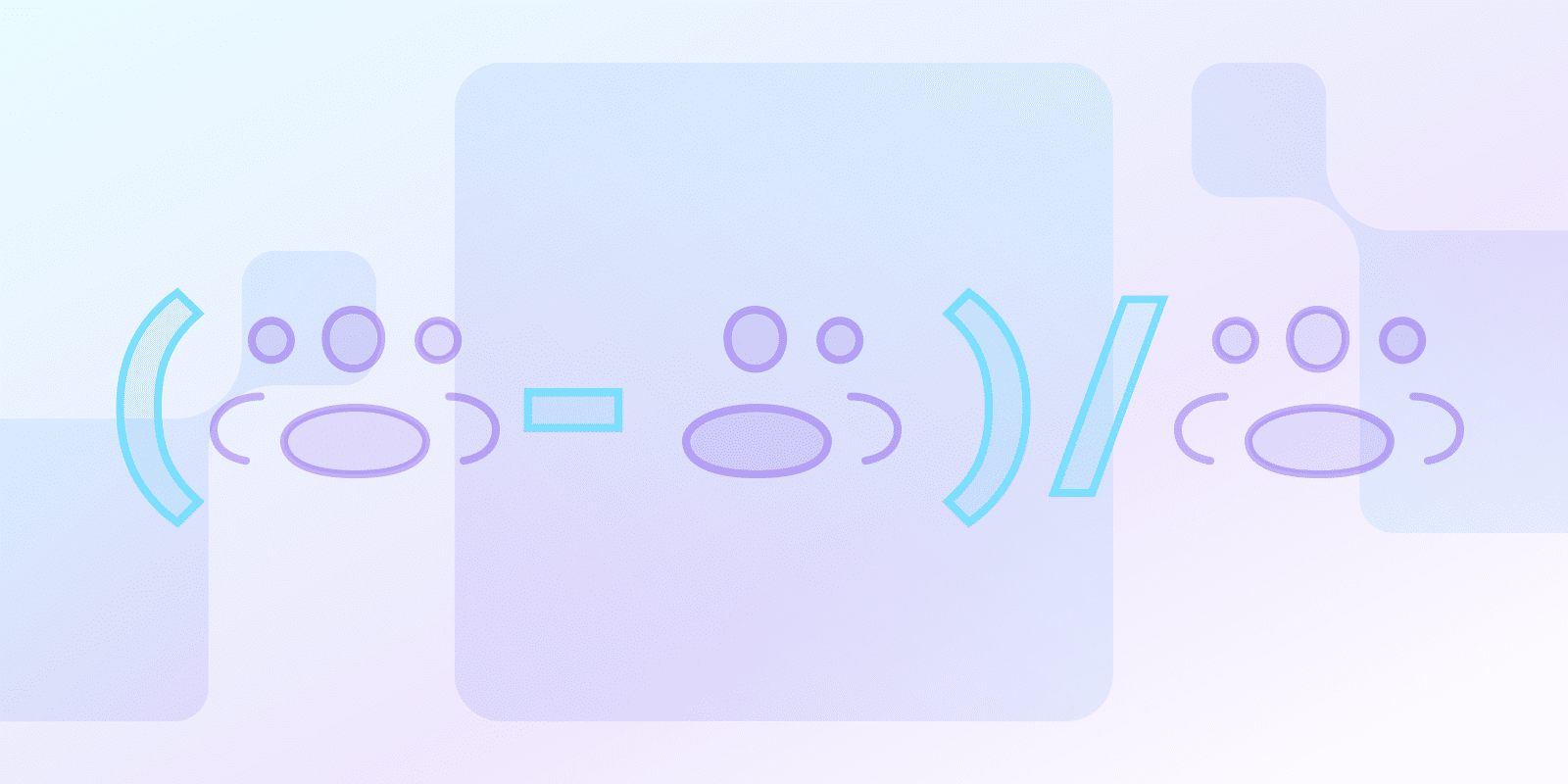Métricas e indicadores clave de rendimiento (KPI) de SaaS
¿Qué es la rotación de SaaS?

¿Qué es la rotación en SaaS?
La pérdida de SaaS rastrea la tasa a la que los usuarios dejan de utilizar o pagar una oferta de SaaS dentro de un período designado. Este es un indicador importante ya que representa la pérdida de clientes, lo que afecta el valor de por vida, la retención y, finalmente, la rentabilidad.
La tasa de abandono también es esencial para pronosticar los ingresos y estimar la probabilidad de cancelación del cliente. La satisfacción del cliente y la pérdida tienen un impacto directo en las medidas de rendimiento clave, como el crecimiento, ARR, MRR y las tasas de renovación para las empresas SaaS bien establecidas.
¿Por qué la rotación es la métrica más importante para las empresas SaaS?
Analizar la rotación de SaaS, o la tasa a la que los clientes dejan de usar su producto, proporciona información valiosa sobre los factores que afectan su crecimiento e ingresos. El abandono excesivo de clientes da como resultado oportunidades perdidas para expandir su clientela y aumentar las ventas.
Puede identificar las causas de la insatisfacción del cliente y realizar los ajustes necesarios para mantener a los clientes vigilando cuidadosamente su tasa de abandono. Una alta tasa de abandono puede amenazar la viabilidad y rentabilidad a largo plazo de su negocio SaaS; por lo tanto, debe actuar rápidamente para mitigarlo.
| Métrica | Abandono de clientes | Pérdida de ingresos recurrentes |
|---|---|---|
| Definición | ||
| Lo que mide | Porcentaje de clientes perdidos | Impacto financiero de la pérdida de clientes |
| Factores de Cálculo | ||
| Consideraciones clave | Número total de clientes que abandonan | Ingresos perdidos por reducciones de categoría y cancelaciones |
| Precisión del Impacto | Tasa de deserción de clientes básica | Evaluación detallada de la salud financiera |
| Implicaciones comerciales | ||
| Perspectivas estratégicas | Satisfacción general del cliente | Rendimiento financiero directo |
¿Cómo se calcula la tasa de abandono?
Determine el número de clientes que tiene al inicio de un período de tiempo determinado para evaluar su tasa de abandono. Dependiendo de la frecuencia deseada, esto podría ser un mes, tres meses o incluso un año.
A continuación, averigüe cuántos clientes perdió en ese mismo período de tiempo. Los clientes que dejaron de hacer negocios con usted de cualquier otra manera, como cancelar sus cuentas o suscripciones, están incluidos en esto.
Divide el número de clientes perdidos por el número total de clientes que tenías al principio del periodo. Multiplica el resultado por 100 para expresarlo como un porcentaje. Esta es tu tasa de abandono.
Por ejemplo, si empezaste el mes con 1.000 clientes y perdiste 50 durante el mes, tu tasa de abandono sería del 5% (50 / 1.000 = 0,05 * 100 = 5%).
¿En qué se diferencia la pérdida de clientes de la pérdida de ingresos?
Estas son las diferencias entre los dos:
- La pérdida de ingresos calcula el efecto financiero de esas pérdidas, incluidas las rebajas, mientras que la pérdida de clientes calcula el porcentaje de consumidores perdidos.
- Debido a que la pérdida de ingresos tiene en cuenta los ingresos que genera cada cliente, es posible estimar el impacto en la salud financiera de una empresa con mayor precisión.
El seguimiento de estos dos indicadores le brinda una imagen más completa de cómo la rotación afecta a su empresa. Si bien la rotación de miembros premium puede influir en los resultados financieros, es posible que no explique completamente el impacto financiero.
¿Cuáles son las razones clave detrás de la pérdida de clientes?
Existen varias causas que pueden provocar la pérdida de clientes, entre ellas:
- precios inconsistentes
- deficiencias en el producto
- presión de la competencia
- cambios en las operaciones internas de la empresa
- una falta de valor percibido
- servicio al cliente inadecuado
- acceso limitado al liderazgo
Las empresas deben comprender las razones fundamentales detrás del desgaste del cliente para desarrollar estrategias de retención.
Las empresas pueden reducir la rotación de empleados implementando estrategias como precios competitivos, mejor calidad del producto, mayor servicio al cliente y líneas de comunicación abiertas con los ejecutivos.
¿Cómo se pueden identificar los clientes con riesgo de abandono?
Las empresas pueden identificar a los clientes que probablemente se vayan mediante el uso de estrategias basadas en datos.
Estas tácticas incluyen plataformas de inteligencia de conversación que analizan las conversaciones de los clientes para identificar indicadores de riesgo de abandono, análisis de cohortes que ayudan a rastrear la actividad del cliente dentro de grupos particulares, análisis predictivo que evalúa patrones de datos del cliente para predecir la probabilidad de abandono y monitorear los cambios a nivel de la empresa, como fusiones y adquisiciones, que pueden tener un impacto en el comportamiento del cliente.
Para identificar a los consumidores en riesgo desde el principio, es importante recopilar información de diversas fuentes. Reconocer a los clientes que pueden estar considerando irse permite a las empresas priorizar acciones que aborden sus inquietudes y posiblemente evitar que se vayan. Es crucial recordar que estas estrategias deben personalizarse para el modelo de negocio y el sector en particular.
Conclusión
Un indicador clave de la tasa a la que los usuarios dejan de pagar o utilizar una plataforma SaaS es la rotación de SaaS. Dado que tiene un efecto inmediato en los ingresos, el valor de vida del cliente y la retención, la rotación debe rastrearse y abordarse para lograr un crecimiento y una rentabilidad sostenibles.